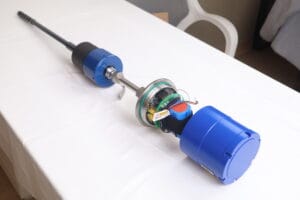
An EMT Electrical Resistance Probe measures metal corrosion rates in various environments. It employs a precise electrical resistance technique to detect corrosion early. Essentially, the probe consists of a metallic element that changes resistance as it corrodes. Technicians monitor these resistance changes to assess metal degradation rates. Thus, this tool is crucial for predicting equipment lifespan and planning maintenance. Industries like oil and gas, marine, and infrastructure heavily rely on it. Additionally, the probe’s data helps refine corrosion protection strategies, making it invaluable for ensuring long-term asset integrity.
A Resistance Probe (ER) features a metal sensing element that deteriorates when exposed to corrosive media, altering its geometry. Ohm’s law explains that the resistance of a metal element depends on its geometric size. By measuring the resistance change before and after corrosion, combined with the time between two monitoring readings, one can calculate the corrosion rate (mm/a). The resolution of the resistance probe typically reaches one-thousandth (1/1000) of the thickness of the probe’s sensitive element. This allows for tailored corrosion rate monitoring in various media by selecting specific thicknesses and sensitivities of the probe.
How Electrical Resistance Probe Work
An EMT Electrical Resistance Probe operates by measuring changes in electrical resistance to determine the rate of corrosion on metal surfaces. It contains a metal element or coupon, that mimics the material of the system under observation. This element forms part of an electrical circuit where the probe measures resistance. As the metal corrodes, it loses mass, causing an increase in resistance due to the diminished cross-sectional area.
These resistance changes provide crucial data for monitoring corrosion rates, allowing engineers to accurately predict material lifespan and necessary maintenance intervals. The information is sent to a monitoring system that tracks resistance over time, facilitating the early detection of corrosion. This early warning enables timely preventative actions, such as environmental adjustments or enhanced protective measures, helping to preserve critical infrastructure across various industries like oil, chemical processing, and water treatment.
Technical specifications | |
| Output signal | Wired form: RS-485 signal; |
| Wireless form: LORA, 4G/5G wireless network signal | |
| Power supply voltage | 9-36VDC |
| Rated operating voltage | 9VDC |
| Meter power consumption | 5.4W (Wired) |
| Linear | 0.0015% non-linear |
| Resolution | 17 bit |
| B | 25.6 mV |
| Accuracy | ±0.2% F.S (full scale) |
| Corrosion rate range | When the electrode area is 1cm², the measurement range is 4X10-4~10mm/a |
| Working and Storage Conditions | |
| Operating temperature | -40~70℃ |
| Storage temperature | -40~85℃ |
| Structural Parameter | |
| Protection level | IP66 |
| Shell material | Cast aluminum or PVC, aviation aluminum, stainless steel can be customized |
| Process interface | 7/8-20UNEF (Insert probe) |
| Electrical connection | M20*1.5mm |
| Access cable Model | RVVP 2*1.5mm² (minimum application standard) |
| Installation | The probe is installed directly on the pipeline, and the transmitter can be installed in one piece or separately through the cable |
| Weight | 500g |
| Split type accessory | Interface: MS-14-6S double female head |
| Split connection cable | Cable length: 1-3 meters can be customized |
Features of Electrical Resistance Probe
ER Corrosion Probes offer precise monitoring capabilities, measuring changes in electrical resistance to accurately detect corrosion levels. These probes can adapt to various industrial materials, providing relevant and accurate data collection. They boast high sensitivity, with resolutions up to one-thousandth (1/1000) of the thickness of the probe’s sensitive element, allowing for detailed insights into material integrity.
Suitable for diverse environments, ER Probes monitor corrosion in pipelines, tanks, and structural components across multiple industries, including oil and gas, water treatment, and chemical processing. They provide real-time updates, enabling informed maintenance decisions. Additionally, their durable construction ensures reliable performance under harsh conditions, making them essential for maintaining industrial infrastructure longevity and reliability.
ER probes come with metal sensing elements in various geometrical sizes, thicknesses, and materials, including coils, rings, strips, cylinders, spirals, flat ends, and sheets. These resistance probes have a wide range of applications and are suitable for nearly all types of corrosive media environments, including gaseous, liquid, solid, and flowing particulate media. They provide quick signal feedback and rapid measurements, allowing for prompt reflection of corrosion conditions in equipment and pipelines. Thus, for areas severely affected by corrosion, this monitoring method is indispensable.
Disadvantages of Electrical Resistance Probe
Due to the limitations of the instrument’s measurement resolution, the data obtained are significantly influenced by changes in the corrosion rate of the process media. As a result, measurement results can sometimes deviate. For newly installed resistance probes, it typically takes about two weeks to stabilize. Only after this period can the probes reliably monitor corrosion data. Additionally, the resistance probe method cannot measure instantaneous corrosion rates, nor can it monitor localized corrosion rates.
The sensitivity of the probe is higher the lifetime is shorter. Therefore, the electrical resistance probe is usually used in the enviroment with high requirement and the corrosion is relatively weak. When conductive materials such as sulfide corrosion products adhere to the surface of the element, they can cause inaccuracies in the measured corrosion rates. For the evaluation of chemicals, the probes cannot react quickly. Since metal resistance is influenced by temperature, ordinary resistance probe data fluctuate significantly with temperature and are unstable. This is especially evident in areas like marine and desert regions, where there are large temperature differences between day and night. Although temperature-compensated samples are used, their response to temperature fluctuations (especially rapid changes) lags behind the test samples, which can also introduce errors in measurements.


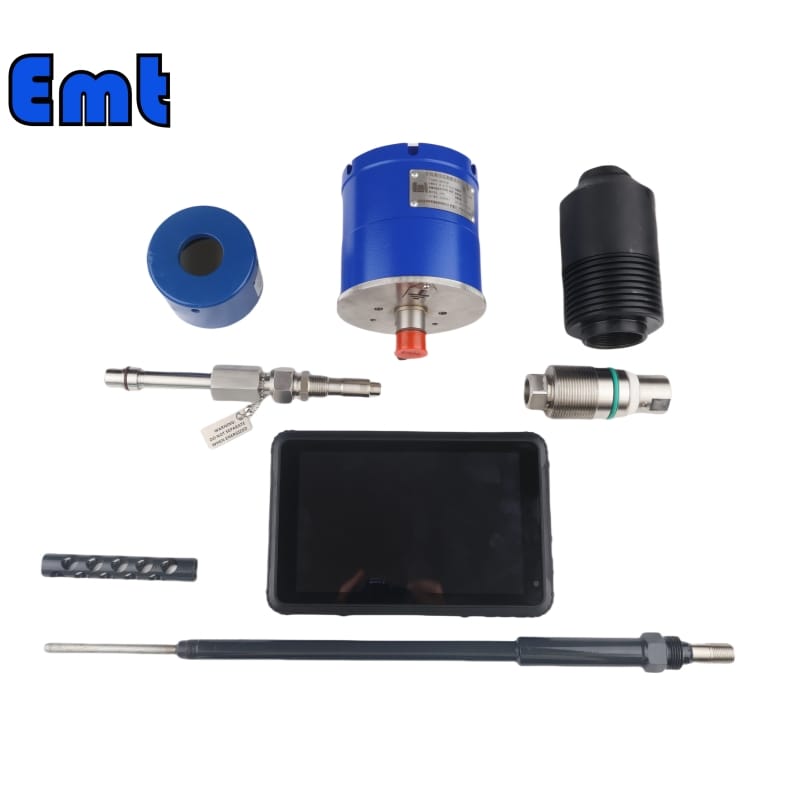
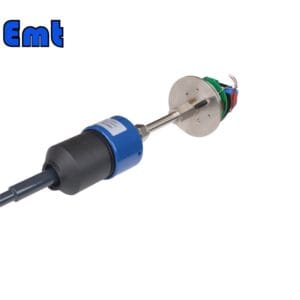
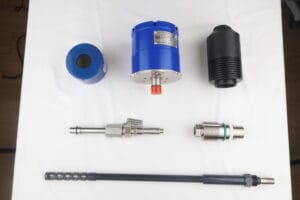
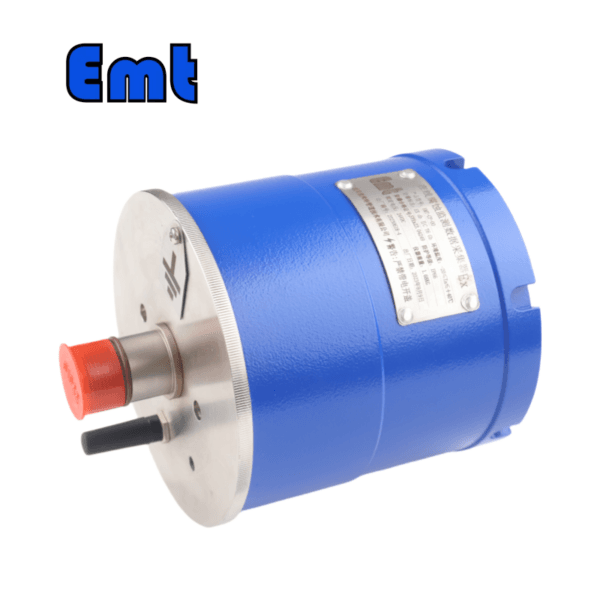
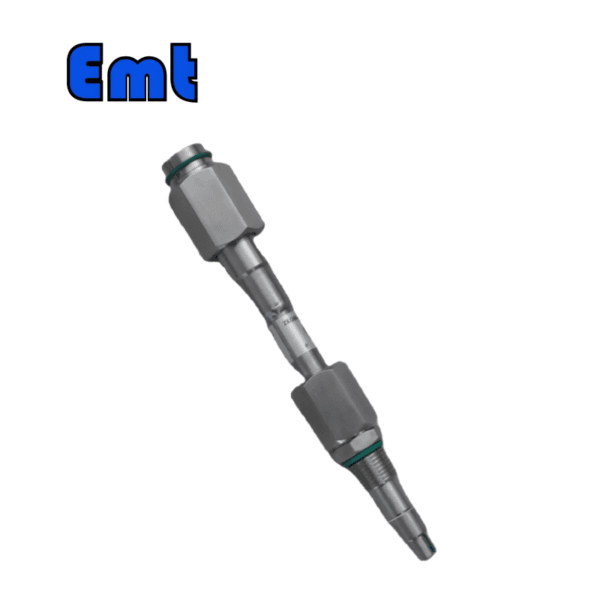

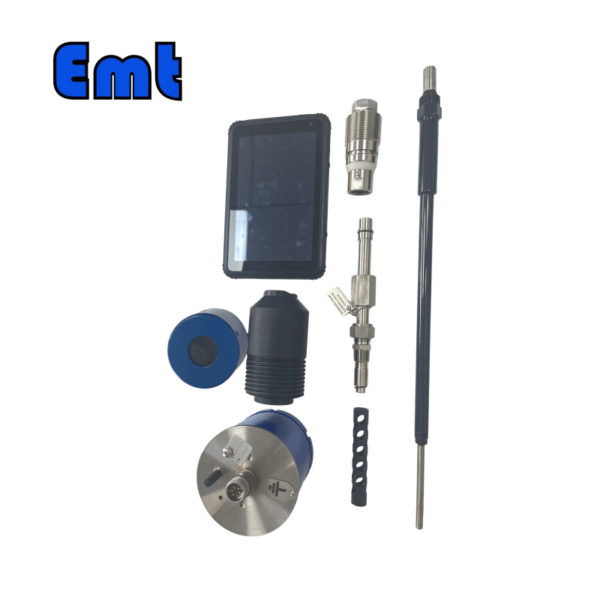
There are no reviews yet.